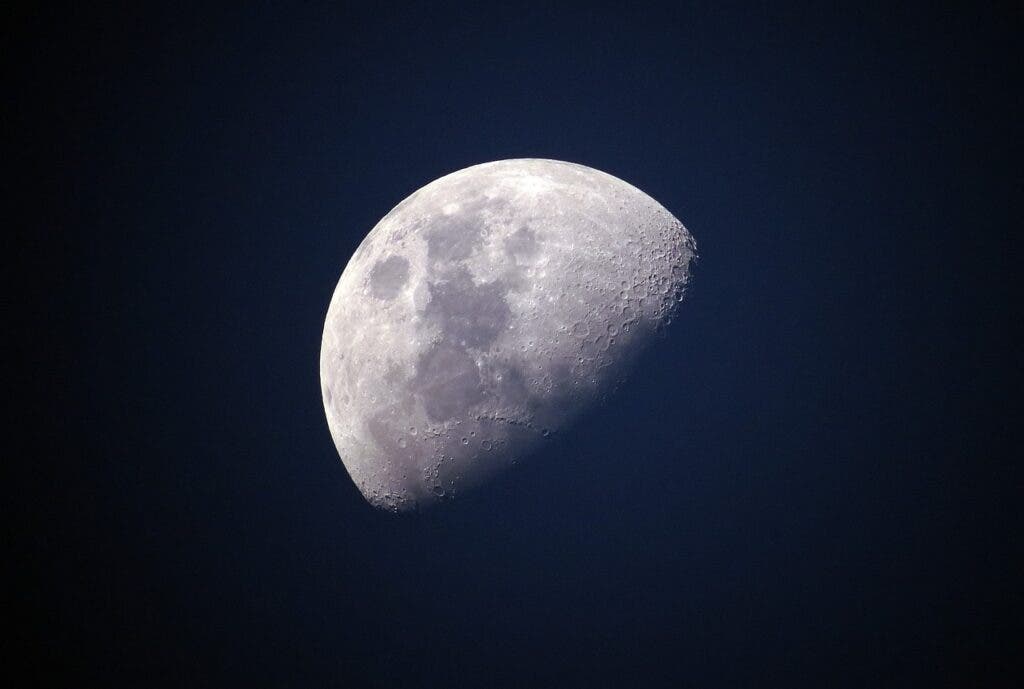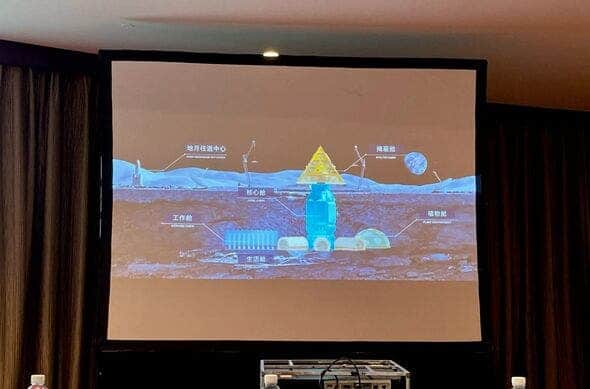Chinese engineers are eyeing underground volcanic caves on the Moon as a possible site for long-term habitation.

The Moon’s crust is crisscrossed with the fingerprints of ancient volcanic activity in the shape of lava tubes. Those structures are essentially volcanic caves, not dissimilar in structure to modern metro tunnels here on Earth. They are hollow passageways, created as the outside layer of lava flows came into contact with the cool exterior, hardening into rock while the material in the middle remained molten and flowed away.
Such ancient tunnels might provide long-term housing for Chinese astronauts who are scheduled to take up residence on the Moon sometime after 2035, according to the South China Morning Post.
Living underground
Each tube can stretch for several kilometers and reach up to tens of meters in width, offering ample space. Their thick rock shells also make them ideal insulators from the outside world, offering protection against extreme temperature variations on the surface and against space radiation.
Such tubes have been found all over the moon. And now, China is considering them as a possible candidate for the establishment of lunar bases, especially away from its south pole — an area that has been identified as harboring significant water deposits.
“The moon’s south pole could become really crowded, and the extraction of water ice remains technically challenging, so we wanted to explore other possibilities,” Pan Wente, assistant professor at the Harbin Institute of Technology’s Architectural Design and Research Institute, told a national space science assembly in central China last month.

During the assembly, Pan unveiled the current plans for one such tunnel-based moon base. Christened “Laurel Tree”, it is still in the early design phases. So far, however, the base will come with a pyramid-shaped structure above ground to serve as an access point, with a core cabin, working cabin, and several living quarters all placed underground.
The core cabin will serve as the main command and control center of the base using an array of high-tech instruments. It will also serve as the connector between the surface entry point and the living and working modules. These latter two will be fully pressurized and covered with inflatable arches. The designers picked this solution as it would allow for a very quick and easy installation of the modules; since the Moon lacks any type of atmosphere, inflating these modules will be exceedingly easy and would also allow astronauts to ditch their oxygen tanks inside the base.
The core cabin will be built on Earth and launched to the Moon. All other modules will be constructed using on-site manufacturing or assembled from modular components brought over from Earth.
Going underground will help protect the crew from the harshness of the lunar environment, but not completely. For example, surface temperatures on the moon vary between 126 degrees Celsius (259 Fahrenheit) and -173 Celsius (-280 Fahrenheit) throughout the day. Underground, the variation is more modest, ranging roughly between -43 and 17 degrees Celsius, according to Pan.
Still, this means that the modular base will still need good insulation properties to prevent astronauts from suffering some extremely chilly nights. The issue of space radiation is also of concern: although the rock walls of the tunnels will absorb some radiation, we still need to gather more data to know exactly how much — and whether extra shielding is needed to keep people safe inside such a base.
The Laurel Tree design is the third project that the team at Harbin Institute of Technology’s Architectural Design and Research Institute has developed for lunar missions, the South China Morning Post explains. It is part of China’s push for the domestic development of critical technologies for space exploration and colonization. Such projects are meant to help the country cover some of the distance between China and countries with much more experience in space applications, most notably the United States.
Both of the traditionally ‘big players’ in space exploration — the US and Russia — have plans for long-term human habitation of the moon. Efforts such as the development of the Laurel Tree base are meant to put China back on track with these countries for the space race.
In March last year, the Russian and Chinese space agencies announced plans to build a joint research station on the Moon by 2035. At first, this base will be uncrewed and will house automated research facilities, with the potential for humans to take up residence there later.


